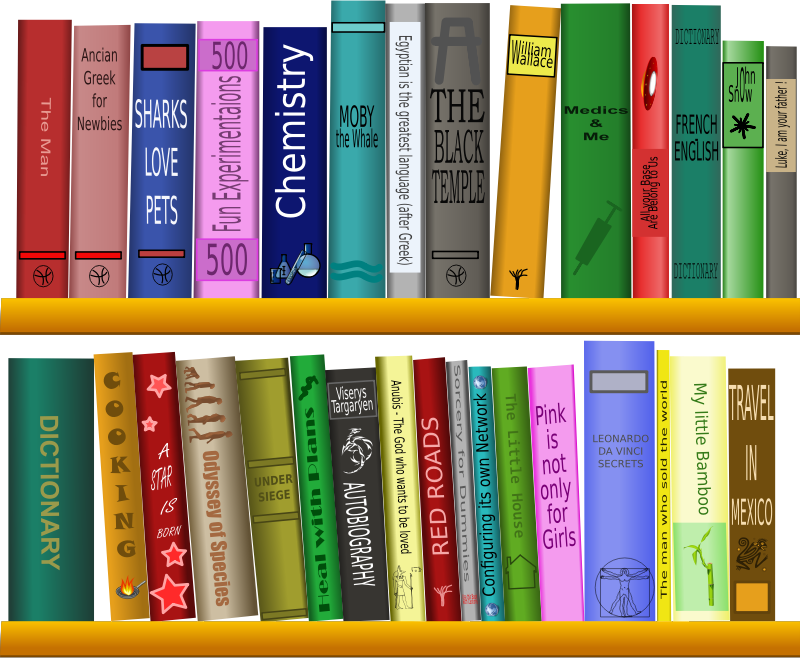Available at Amazon only
Free with Kindle Unlimited
Interested in another language besides Italian? Check out these other books in the series!
Italian Short Stories for Beginners and Intermediate Learners*
One Tool for Extensive Italian Language Learning
I have read two other books in this series, and I believe these books would be of great help to anyone learning the particular language featured. They are surprisingly similar, as each short story in all the books is essentially the same—the first one about diet, the second about exercise, etc.–with small changes made for cultural differences. For instance, some of the food mentioned in the Italian first story is different than the ones in the Korean book.
Before the short stories, there is a brief introductory section where the author discusses extensive vs. intensive learning (among other topics), stating that this book is meant to be used with extensive learning practices. In case you don’t know the difference, intensive learning is how we often learn a language in school, where we drill and drill on the basics and look up every word we don’t know. Extensive language learning is more volume driven; we are meant to expose ourselves to the language in a variety of ways, not fussing particularly over understanding every word or grammar concept. Both types of learning have their place. I think intensive learning is needed to get a basic grasp of the language, but then extensive learning can help you really get up to speed with fluency if you dedicate yourself to the process. This book does have some elements of intensive learning, as each book does have a vocabulary list as well as a full English translation of the story. But in the how to use this book chapter, the authors state that you can certainly just read the story first, though they do also recommend, alternatively, that you can start with a vocabulary list before reading the story. I’ve tested out both ways, and I find I prefer to read the vocabulary list first. I don’t try to memorize it, though (like I would in intensive learning). Rather, reviewing it just kind of gets me ready to approach the language.
Also in the how to use this book chapter, the author discusses spaced repetition. But they don’t really say how to apply it to the stories. In fact, one of the first things they say in this chapter is that you should just read these stories once and once only. So how does spaced repetition fit in? I wish they had said.
But the book is really about the stories. Each story section contains multiple parts: the story itself in Italian, a vocabulary list, a quiz in Italian, and the English translation of the story. I did find the vocabulary list helpful, as stated above, to help get me into an Italian language frame of mind as well as a reference. I wish it included some other words, particularly verbs and what the verb form means in terms of tense. And some words included in the vocabulary list are silly, as their English translation was very clear. I actually laughed when I saw the vocabulary list included pizza! Well, I don’t, you know, like to give spoilers for books, but let me state that the translation for the Italian word pizza is pizza! LOL. I hope I didn’t give too much away. 😉
If you already have a solid basis in Italian and want to add to your vocabulary and ease of working with the language with an aim to increase your fluency, you may benefit from reading this book.
I received a free copy of this book, but that did not affect my review.





